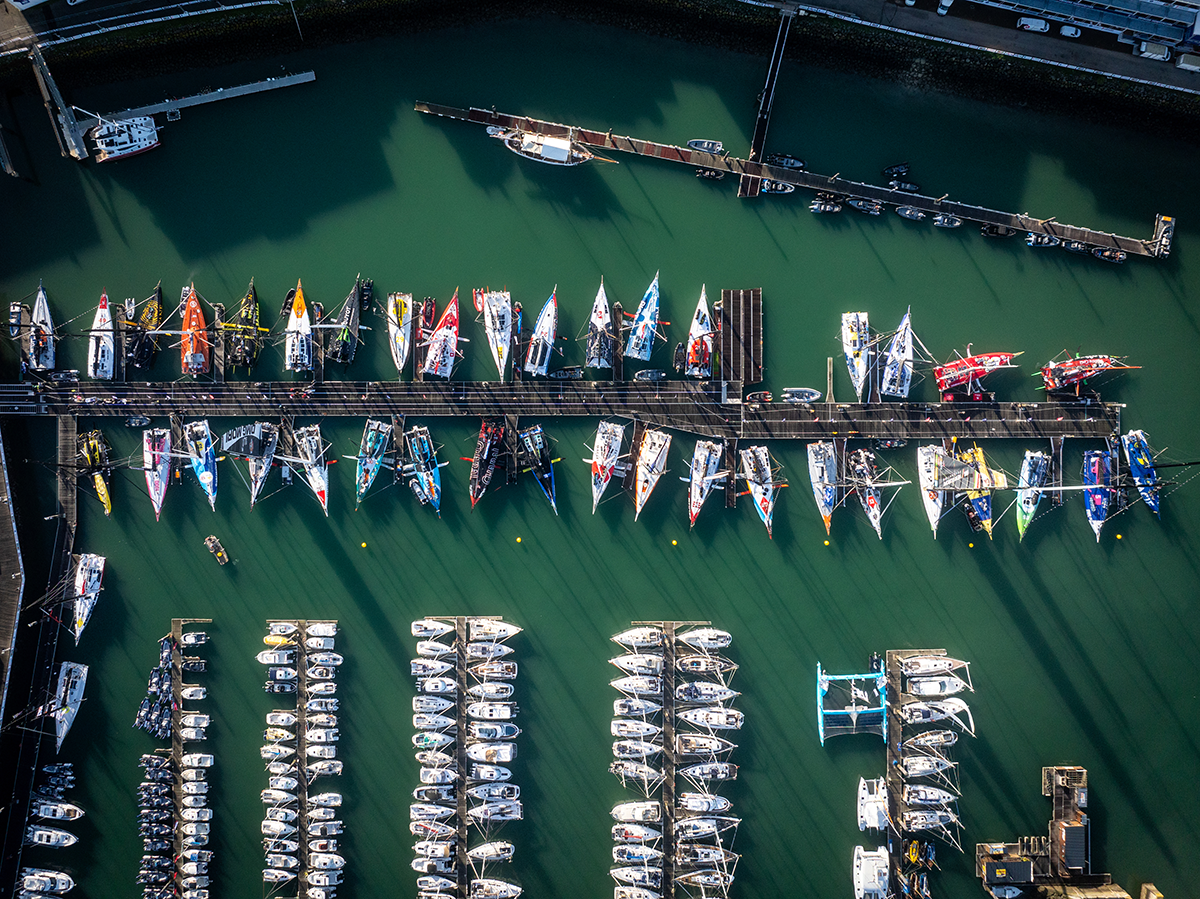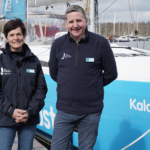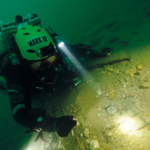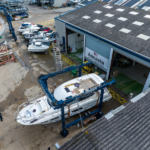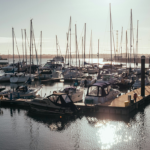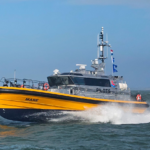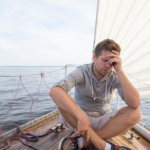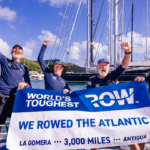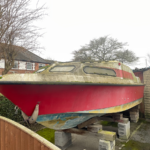The Vendée Globe is a single-handed, non-stop, non-assisted round-the-world yacht race held every four years. For this 10th edition, 40 skippers will be at the start of the race, a participation record.
The start of the 10th Vendée Globe takes place on 10 November in Les Sables d’Olonne, but how did it all begin? It was navigator Philippe Jeantot who introduced the idea of this non-stop race around the world, which sees skippers sail down the Atlantic, cross the Indian and Pacific oceans, then sail back up the Atlantic.
On 26 November 1989, 13 sailors took to the start of the very first edition of the Vendée Globe, which lasted more than three months, with only seven returning to Les Sables d’Olonne.
The nine editions of what is now called the ‘Everest of the seas’ by many have seen 200 contenders take to the start, with just 114 of those crossing the finish line. This figure alone shows the extreme difficulty of this global event in which solo racers are confronted by freezing cold, gigantic waves, sleep deprivation, isolation and more.
So who are the sailors to have already claimed victory in the Vendée Globe? They are Titouan Lamazou in 1990, Alain Gautier in 1993, Christophe Auguin in 1997, Vincent Riou in 2005, François Gabart in 2013, Armel Le Cléac’h in 2017 and Yannick Bestaven in 2021. Michel Desjoyeaux has won twice, in 2001 and 2009, while Armel Le Cléac’h is the record holder in 74 days, 3 hours and 35 minutes.
THE RULES
It is a non-stop, non-assisted race, but there are exceptions. Competitors are permitted to return to Les Sables d’Olonne within 10 days of the race start, as Jérémie Beyou did in 2020 after hitting an unidentified floating object. Michel Desjoyeaux returned in 2008 and went on to win the race!
Skippers are also allowed to stop – by anchoring to make repairs for example, but are not allowed to step ashore beyond the high tide mark. They can consult the designers or their technical team to get information about how best to carry out a repair, but it is up to them to carry out any work with the means they have onboard.
As a solo race no one apart from the skipper is allowed aboard the boat during the voyage apart from, of course, in the case of the rescue of a fellow competitor, which has occurred several times. Kevin Escoffier was rescued by Jean Le Cam off the Cape of Good Hope during the previous edition. In 2009, Jean Le Cam himself was rescued by Vincent Riou after he capsized at Cape Horn. It also happened in the third edition, when Pete Goss arrived to rescue Raphaël Dinelli before dropping him off in New Zealand.
THE BOATS
The 60ft boats can reach nearly 40 knots downwind at top speed (twice the speed of the first IMOCAs). The IMOCAs are designed to be both as light as possible to gain speed and strong enough to withstand the worst conditions that open sea sailing can throw at them.
The gauge of these craft is defined by the IMOCA class, founded in 1991 and supported by World Sailing. The gauge requires that the mast, sails, keel ram, but also (and this is a new feature) the boom, J2 forestay and runners be common to all boats. The rest is up to the architects. In addition, the volume of the foils is limited.
To take part in the Vendée Globe, the skipper and his/her boat must qualify. Each IMOCA/skipper pairing must be at the start of at least two qualifying races (one in 2022 or 2023 and one in 2024). The skipper must finish at least one of them and his or her race time must not be more than one-and-a-half times longer than the winner’s time.
2022 and 2024 saw the arrival of new complementary races, the first qualifier for the Vendée Globe, the Vendée Arctique les Sables d’Olonne in June 2022, and the last, the New York Vendée Les Sables d’Olonne, in June 2024.
THE SKIPPERS
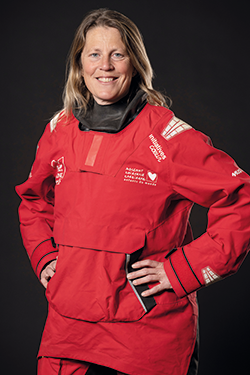
The British skippers in this edition are Sam Davies, Pip Hare and Sam Goodchild. It will be Sam Davies’ fourth Vendée Globe, with her best result to date being fourth in the 2008 – 2009 race. With five circumnavigations and numerous transatlantic crossings to her credit, she is one of the most experienced sailors on the circuit. At the helm of her new IMOCA Initiatives-Cœur, built in 2022, Sam uses every race to raise funds for children with heart defects.
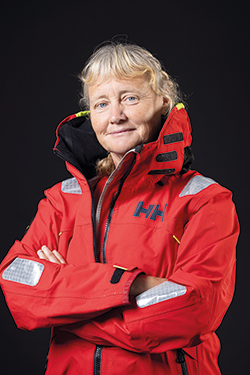
Pip Hare, one of the six female skippers in this edition, finished 19th in the last Vendée Globe; only the eighth woman to finish the race. She won an enormous number of new fans and was named 2021 Yachtsman of the Year by the Yachting Journalists’ Association. She will be racing onboard Medallia and said: “It is one of the greatest sporting challenges on earth, arguably the greatest. And I am not done with it yet.”
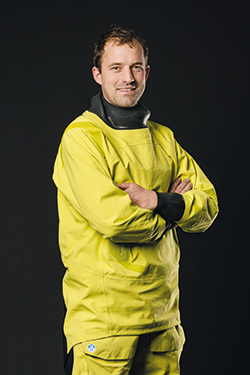
For Sam Goodchild, meanwhile, onboard Vulnerable it will be his first Vendée Globe. Sam won the 2023 IMOCA Globe Series; the first British skipper to win this championship. If he – or the other British skippers – were to win they would be the first Briton to do so, going one step further than Ellen MacArthur (second in 2001) and Alex Thomson (second in 2017).
At just 24, British sailor Ellen MacArthur made a name for herself in 2001 when she completed the fourth edition of the race in second place. Ellen’s determination, courage and commitment to a more sustainable future has since made her a role model for an entire generation.
Among those considered to have serious podium chances in this edition are the Frenchmen Charlie Dalin, Jérémie Beyou, Nicolas Lunven, Yoann Richomme and Thomas Ruyant, plus Boris Herrmann of Germany, Justine Mettraux and Britain’s Sam Davies and Sam Goodchild.
Follow the race on vendeeglobe.org or, if you are lucky enough to be in Les Sables d’Olonne, the Race Village has been open since 19 October (until race day). Free of charge but accessible by reservation, the Village will be an opportunity for the public to meet the skippers, discover what goes on behind the scenes of the race and take part in a range of interactive activities.
The Département de la Vendée is also putting on an exhibition dedicated to the Vendée Globe. This immersive exhibition lets visitors discover the life of the skippers aboard an IMOCA boat, through visual and sound effects. Visitors can also see the 40 skippers’ boats moored at the Vendée Globe pontoon.








